Guyana - Guyana Nature Experience
Guyana is a hidden gem for nature tourism! Most parts of this South American country are covered with jungle and it is exactly there where you will discover amazing flora and fauna. You will explore the nature of this wild country and be blown away by its sheer beauty! The beautiful capital Georgetown serves as a basis for your exploration before you head south along the Essequibo River, which stretches from south to north for more than 1.000km.
Kaieteur Falls is the most famous spot of Guyana will leave you speechless as it is the highest free-falling waterfall on the globe, hidden in an endless pristine forest. Start your search for rare plants and wildlife, which are found in Guyana. Already the arrival with a small charter plane is an unparalleled adventure! Flying above the jungle with views of trees as far as you may see is just fantastic. During your fabulous journey you will travel with small airplanes, tiny river boats and strong 4x4 vehicles. Our network will guide you to the vast wilderness of Iwokrama Rainforest, the untouched area of the Macushi, living here for thousands of years. This is a birders paradise! Hundreds and hundreds of birds may be observed, but also mammals like giant river otters or jaguars, amphibians and insects. The great Iwokrama Canopy Walkway will give you the unique opportunity to discover the unparalleled diversity of the existing flora and fauna. Experience unforgettable moments between the tree tops of the virgin forest and take excellent shots with your camera from this special perspective. Our professional guides will help you spotting hundreds of plants and animals.
You will also pay a visit to the Amerindian community of Surama, which lives surrounded by the Pacaraima Mountains in the heart of Guyana. Their eco lodge will host you for two nights. The rest of your journey you will as well sleep in hand-picked sustainable lodges. Each one of them is an experience of its own. You may take part in an ongoing field study and see how conservation helps in keeping our planet's diversity.
Nature lovers will be thrilled each single day during this tour to some of the last untouched paradises on earth. Our sustainable tourism helps to protect the Guyanese rainforest and the indigenous people living there. MEET THE GLOBE will let your dream of natural holidays come true!
Saturday
Pickup and transfer from Cheddi Jagan International Airport to Cara Lodge in Georgetown.
Cara Lodge was built in the 1840's and originally consisted of two houses. It has a long and romantic history and was the home of the first Lord Mayor of Georgetown. Over the years, the property has been visited by many dignitaries including King Edward VIll who stayed at the house in 1923. Other dignitaries have included President Jimmy Carter, Prince Charles, Prince Andrew, and Mick Jagger. This magnificent wooden colonial hotel combines the tradition and nostalgia of a bygone era. It provides complete service and comfort in a relaxing family atmosphere. Overnight at Cara Lodge with a possible check in from 2 pm.
Sunday
Pickup and transfer to Eugene F. Correia International Airport at 11:30 am.
Take a small plane and fly over the Demerara and Essequibo Rivers. Admire hundreds of miles of unbroken tropical rainforest to land at Kaieteur Falls, the world’s highest free-falling waterfall.
Kaieteur was first spotted by a European on April 29th in 1870. This stunning nature spectacle lies in the heart of Guyana and is situated on the Potaro River, a tributary of the Essequibo. The water of Kaieteur flows over a sandstone conglomerate tableland into a deep gorge - a drop of 226 metres or 5 times the height of Niagara Falls.
There are no other falls in the world with the magnitude of the sheer drop than Kaieteur. The name derives from an Amerindian legend of the Patamoona tribe which was endangered by another tribe, the Caribishie. Kaie was the chief of the Patamoona and already many tribe members were lost by the slaughter of the enemies. He asked his divinity Makonaima for advice of how to save his people. Kaie was told to sacrifice himself by canoeing over the falls. He followed this advice and his tribe survived.
Kaieteur supports a unique micro environment giving you the opportunity to spot some special flora and fauna, like the tank bromeliads, the largest in the world. In this plant the tiny golden rocket frog spends its entire life. Experiencing this rare frog is a real highlight. And you may also have a chance to spot the rarely seen Guianan cock-of-the-rock nesting close by. The lucky visitor may also see the famous flights of the white-collared swifts (Kaieteur swifts) or Makonaima birds which nest under the vast shelf of rock carved over millions of years by the black water of the Potaro River.
After this massive nature experience you re-board your charter plane for the return flight to Georgetown. Depending on the cloud layer, you may have some more fabulous views onto the mighty Kaieteur falls. On the way back, you pass again the endless rainforest where you might also discover some mining activity from a distance, giving you an idea what impact it may have on this beautiful ecosystem.
From Eugene F. Correia International Airport you will be transferred back to Georgetown to sleep another night at Cara Lodge.
Monday
If you have any luggage you do not want to take with you into the jungle, you may store it at Cara Lodge. Early pickup and transfer to Eugene F. Correia International Airport to check in before 7:00 am. Your scheduled flight departs at 8:30 am for a journey to Fair View Airstrip from where you will be transfered to Iwokrama River Lodge.
The Iwokrama Rainforest is a vast wilderness of one million acres. This protected area was established in 1996 as the Iwokrama International Centre for Rainforest Conservation and Development. The Iwokrama Forest is in the heart of one of four last untouched tropical forests of the world - The Guiana Shield of North-Eastern South America. Iwokrama was established as a living laboratory for tropical forest management.
From research to business, Iwokrama ensures local economic and social benefits from forest use and conservation. The forest is in the homeland of the Macushi people, who have lived here and used the forest for thousands of years.
The Iwokrama River Lodge is set overlooking the Essequibo River. Accommodation is offered in eight spacious timber cabins with verandas overlooking the river. Electricity is provided by a combination of solar and diesel generator systems. You have limited wireless internet access for free in the main building. Meals are served buffet-style in the Fred Allicock dining hall.
Explore the trails around the lodge with an Iwokrama Ranger to experience an incredible flora and fauna. Make sure to have your cameras ready! Iwokrama is home to many bird species including capuchinbird, black nunbird, chestnut-rumped woodcreeper, Amazonian antshrike, brown-bellied antwren, spot-tailed antwren, Todd’s antwren, spotted puffbird, green aracari, Guianan toucanet, Guianan red cotinga, pompadour cotinga, rufous-crowned elaenia, bronzy jacamar, chestnut woodpecker, waved woodpecker, gray antbird, and strong-billed woodcreeper. Three other neotropical species in the Iwokrama forest of high interest are white-winged potoo, rufous potoo, and rufous-winged ground cuckoo.
The forest is also home to many mammals and you may see red-rumped agouti as well as various species of monkeys including Guyanan red howler, red faced black spider monkey, wedge-capped capuchin and tufted capuchin.
After dark we’ll set out on the river in hope of finding one or another of its four species of caiman and listen for night birds such as spectacled owl, white-winged potoo, rufous potoo, long-tailed potoo, zigzag heron or blackish nightjar. Using our flashlights, we will also look for the eyeshine of snakes including cox boa. We may discover tree frogs and with a bit of luck some more mammals.
After a day full of extraordinary nature experiences, you will fall asleep with pure sounds of the animals living freely in their natural habitat.
Tuesday
Making an early start, we’ll embark on the Essequibo and circumnavigate nearby Indian House Island. Here you can already have a lookout for snakes, butterflies, and macaws before returning to the lodge for breakfast.
With new energy we leave the lodge again by boat. While enjoying bird sightings along the way, our destination is Turtle Mountain. We disembark our boat and enter the rainforest by foot. Here we will start our fantastic hiking tour. A well-maintained trail winds through the forest before an exhilarating climb up the mountain to its summit at 290 metres (950 ft). It takes around 1 hours and 45 minutes to walk up the mountain, but the effort is more than worth it for the breathtaking views over the endless forest canopy when you get there. You may also be rewarded by the chances to see fascinating animals like green aracari, white bellbird or a fly-by of a harpy eagle or four more types of eagles living here. This trail is also a great location for spotting black spider monkey and red howler monkey. Other animal sightings might be little chachalaca, Marail guan, black curassow, black-bellied cuckoo, squirrel cuckoo and much more. The flora and fauna of this wild nature is just amazing!
If you think the hike may be too strenuous you can take an alternative boat trip to Stanley Lake to search for giant river otters and black caiman.
As the afternoon cools you set out on a boat trip to visit Kurupukari Falls to see the Amerindian petroglyphs (dependent on the water level). After a day in pure wilderness you will return to Iwokrama River Lodge for dinner and your second night there.
Wednesday
This morning you can explore the trails or just have a look for Sankar, a black caiman residing close to the pier of the lodge. Departure will be after breakfast.
Transfer will be by a 4 x 4 car and during the journey you have chances to see the elusive jaguar. No promises, but many have been lucky here! Along the road, we will watch for the myriad of bird species that frequent the forest edge, including crimson fruitcrow and purple-throated fruitcrow, crimson topaz, green oropendola, spotted puffbird and Guianan puffbird, scarlet macaw and red-and-green macaw, blue-cheeked parrot and orange-winged parrot or gray-winged trumpeter. This road is the only north - south access in Guyana and links the country to Brazil. Even so, traffic is only very occasional and also bigger wildlife is often seen along the road, such as agouti, tayra, tapir and black curassow. The journey concludes at the Atta Rainforest Lodge, home of the Iwokrama Canopy Walkway.
The Iwokrama Canopy Walkway is situated near the southern boundary of the Iwokrama Reserve in central Guyana. The walkway has four suspension bridges leading to three platforms, the highest of which is over 30 metres above the ground, and these will allow great looks at a range of canopy species, many of which you would struggle to see well from the forest floor.
Another area where we will want to spend some time is the clearing around the lodge, as this is one of the best places to see another of Guyana’s “must see” birds, the crimson fruitcrow. This species is seen here on a reasonably regular basis, as it often comes to feed in some of the nearby trees. The clearing is also a reliable site for black curassow as there is a family which has become habituated to people and regularly passes through the clearing.
Atta Rainforest Lodge is 500 metres from the base of the canopy walkway, offering comfortable private-room accommodation with en suite bathrooms, delicious home-cooked meals, and traditional Amerindian hospitality. The main building is open sided with views across the gardens to the towering forest on all sides and houses the bar, dining area and kitchen. Hammocks and outdoor benches enhance the lovely gardens which include varieties of heliconias that attract hummingbirds, close enough for the perfect photo. There are also a few feeders.
You will spend the first of two nights in this wonderful lodge.
Thursday
Before dawn we will return to the canopy where we can birdwatch easily and from this tree top vantage you can sometimes see red howler and black spider monkeys.
Apart from the Iwokrama Canopy Walkway itself you can enjoy wildlife and birdwatching walks on the trails around the area. For those interested in botany, many of the trails have the key tree species marked. Many bird species, stunning insects, noisy amphibians, and playful primates make the surrounding forest their home. Deer, tapir and agouti are also regular visitors to the lodge. Avid birders will want to search the undergrowth for the rarely seen rufous-winged ground-cuckoo.
As darkness falls on the canopy walkway, you may see the white-winged potoo. Night walks are also possible and something interesting or new always seems to pop on to the scene along the transnational road near the lodge.
You will spend another night in the middle of pure and untouched nature in the Atta Rainforest Lodge.
Friday
Welcome the dawn chorus from the canopy walkway and adore all the wild animals from this special perspective before returning to the lodge for breakfast.
It is time for the transfer through the rainforest to Corkwood in the Iwokrama Forest. Here there is a comparatively short trail to hopefully see the amazingly brilliant Guianan cock-of-the-rock. This trail leads through interesting and pristine rainforest and the guides can explain how the plants are used for medicine and other purposes. The journey continues to the community of Surama.
The Amerindian community of Surama is located in the heart of Guyana. The village is set in five square miles of savannah which is surrounded by the forest covered Pacaraima Mountains. Surama’s inhabitants are mainly from the Macushi tribe and still observe many of the traditional practises of their ancestors. The Surama Eco Lodge is owned and operated by the entire community. The village Council acts as the Board of Directors and decide how the profits are to be spent to benefit the entire community.
On arrival in Surama you will receive a warm welcome and settle into your accommodation at the lodge. A guide will escort you for a short walk on trails to observe the forest and bird life. As the afternoon cools, your guide will take you on a tour of the village. If available and depending on the day time, visit the local school, the medical centre and the church along with some of the village houses. Tonight, enjoy an educational walk to observe wildlife and experience the mystique of the forest during darkness. Make sure to bring your flashlights to look for the eyeshine of the creatures of the night. After this nocturnal experience you will sleep at Surama Eco Lodge.
Saturday
You may leave the lodge before dawn for a walk across the savannah and then climb up Surama Mountain for incredible views across the village and savannah to the Pacaraima Mountains. This is not a technical climb but can be arduous, especially after rain. Therefore, it is not for everyone. But your guides will happily offer alternative activities if you prefer not to perform this climb.
You return to the lodge for lunch and then take a three mile walk across the savannah and through the rainforest to the Burro-Burro River. Your experienced guide will take you on a tour on the river and while paddling you will have a lookout to observe giant river otters, tapirs, tayras, spider monkeys and other species. After a fantastic afternoon in pristine nature, you will return to the lodge for sunset, dinner, and a restful sleep.
Sunday
Enjoy dawn breaking across the rainforest. You can choose from a forest walk to look for birds and other wildlife or take a more relaxed start of the day around the lodge before breakfast and departure.
Today’s transfer by vehicle will lead to the Rock View Lodge at Annai.
Rock View Lodge is located where the savannah meets the forest-covered foothills of the Pacaraima Mountains. With its tropical gardens and flowering trees, the lodge resembles an oasis in the savannah and attracts many species of birds, particularly nectar feeders and frugivores. Nearby patches of light forest are home to certain ant birds and flycatchers. And the grasslands support an avifauna of their own.
But here you will not only experience natural spectacles, but also traditional labour. You can witness how cashews are roasted and see how local handicrafts are made and maybe even try your hand at them yourself. The labour-intensive method of cracking the roasted nuts along with the self-ignition of the nuts as the acid content burns off is a very interesting observation. You even can taste the freshly roasted nuts.
The 8 comfortable rooms have en suites and feature a patio with hammock for relaxing. Meals are served in the dining room under the mango trees and most of the produce is grown on the property. Additionally, you will find a pool, lovely set in the gardens. This might be a welcoming variety after another hot day.
The Rock View Lodge will be your accommodation for this night.
Monday
At dawn take a hike in the foothills of the Pacaraima Mountains on the Panorama Trail where you might see cinereous mourner, Finsch’s euphonia, reddish hermit, rufous-bellied antwren, green-tailed jacamar and yellow-billed jacamar. The views across the savannah and villages as the sun rises are spectacular.
Return to the lodge for breakfast before departure.
Travel south by road from Rock View Lodge to Ginep Landing.
From Ginep Landing we take a boat trip on the Rupununi River to Karanambu Lodge. Depending on the river level, this trip offers an excellent opportunity to look for giant otters as there are several family groups which live along this stretch of the Rupununi River.
Karanambu, a 110-square mile former cattle ranch located in the North Rupununi, was the home of the late Diane McTurk, conservationist and a world-renowned expert on giant otters. Known for its expansive wetlands and savannah, as well as its biological and cultural diversity, Karanambu encompasses savannah, marshy ponds, riparian forest, and a 30-mile stretch of the Rupununi River. Karanambu is located roughly in the middle of this beautiful and fascinating biological hotspot where species like the giant otter, black caiman, jaguar, giant anteater, and arapaima can be found. The number of species found here is much higher than expected given its size with at least 600 species of bird, and over 200 species of mammals. The seasonally flooded savannahs and forests also draw substantial fish migrations with as many as 700 species of fish - more than anywhere on Earth. This is an unbelievable paradise for nature lovers!
This region is rich in history and is the homeland of the Macushi and earlier peoples dating back more than 7,000 years. Several prominent explorers and naturalists have written about their experiences here, including Robert and Richard Schomburgk, Charles Waterton, Evelyn Waugh, Gerald Durrell, and David Attenborough. Lake Amuku, not far from Karanambu, was once considered by Sir Walter Raleigh, later by Alexander von Humboldt, and others to be the location of Lake Parime on whose banks the golden city of “El Dorado” was said to be located.
With both the river and the savannahs close at hand there is a wide variety of activities to be enjoyed at Karanambu. You are free to determine what you want to do based on your personal interests, the time of year and whether the guides have found anything especially unique and interesting to see. Two guided excursions are provided each day - one early in the morning and another late in the afternoon and into the evening. As well as being the coolest times to be out, these are usually the best times to see the different birds and other animals. Trips may be on the river by boat, on the savannahs by 4x4 or along forest trails on foot to the different ponds in the area.
Late in the afternoon we will travel by boat to look for wild giant river otters, the world’s largest and rarest river otter. Before sunset, we will search the national flower of Guyana, the giant victoria amazonica waterlily. We can find it in the ponds blooming at dusk. In 1836, the flower was first discovered by German researcher Poppigom. He called the lily evriala amazonika.
That same year, another researcher, Richard Schomburgk has described this same flower in British Guiana. He called it the Victoria regia flower, in honour of the Queen of England. The official name of the flower was Victoria amazonika, but many know this lily as Victoria regia. Victoria regia lily largest of all the water lilies. Its leaves can reach more than 8 feet in diameter. The leaf colour is green or yellowish-green.
On the return trip we will spotlight for black caiman, birds, and creatures of the night.
The accommodations at Karanambu Lodge are in traditionally made clay brick cabins, each with en suite and veranda with hammocks.
Tuesday
This morning we make an early start to an area of rolling grasslands, home to a population of giant anteaters. With luck we shall locate one of these six-foot long animals excavating its breakfast from one of the termite mounds that stud the savannah. Though giant anteaters live in overlapping home ranges they are mostly solitary except during mother-offspring relationships, aggressive interactions between males, and when mating. Mother anteaters carry their offspring on their backs until weaning them.
During the evening you can choose a river excursion or if you are interested in bird watching, you can explore woodland patches or the gallery forest along the river where we’ll hope to find a variety of species. A feature bird for the area is the agami heron. An evening walk along the airstrip offers 7 species of nightjar and among the grasslands the double-striped thick-knees. Whichever tour you take, you will be amazed by the endless opportunities to take pictures and videos of the rare and fascinating wildlife in their natural habitat. We will spend a second night at Karanambu Lodge.
Wednesday
In the event you did not see a giant anteater the previous morning, there is time to travel out to search in the savannah again. Or you may explore the Rupununi River in search of wild giant river otters, black caiman and arapaima, making a fabulous boat journey along quiet stretches of river. The Honey Pond trail is also an option. This trail leads around three different ponds or lakes covered in water lilies. Here, you also may have a chance to spot the capuchinbird along the trail. Something interesting usually presents itself.
Return to the lodge for breakfast before departure.
Our transfer will be upriver by motorized boat to the nearby Amerindian village of Yupukari and Caiman House.
At the edge of Yupukari Village in the Central Rupununi is Caiman House Field Station, a combination of guest lodge and education centre focused on research and conservation projects along the nearby Rupununi River. The field station is the hub of several participatory development projects, including the introduction of classroom libraries in all three village schools and an internet-enabled public library. Visitors may have the opportunity to meet local craftspeople, including the furniture builders at Yupukari Crafters, a non-profit venture to create village jobs and generate income to sustain educational development.
4 modest but comfortable guest rooms are situated around a central lounge area in the lodge behind the research centre. Guest rooms feature comfortable beds and en suite bathrooms. Other rooms are available in the annex building, 2 with en suite and 1 with a shared bathroom. Caiman House Field Station and the guest house are powered by a large solar array 24 hours a day. The entire station is served by limited wireless internet access.
As a guest you have the unique opportunity to support and participate in an ongoing field study of the black caiman (Melanosuchus niger), the largest member of the alligator family and an endangered species. You are invited to accompany the indigenous crew as they search for and capture black caimans on the river. Guests will observe the capture from a separate boat but will be offered the opportunity to assist in data collection. Caimans are weighed, measured, sexed and tagged before being released back into the river. The research has already discovered interesting information on caimans’ nests and diet that was previously unknown. We will spend the night at Caiman House.
Thursday
Today, we will leave the wilderness and return to civilisation. After enjoying breakfast at Caiman House, we will travel with a vehicle to the small town of Lethem. There we will head to the airstrip for our scheduled flight to the capital.
Pickup and transfer from Eugene F. Correia International Airport to Georgetown. You have the possibility to leave your luggage at the hotel. Check-in however, is not before 2 pm.
Enjoy a tour of the city of Georgetown with an experienced guide who will give you the history, rumours and facts about Georgetown and its citizens. We will begin our tour at the Georgetown Sea Wall before continuing into the heart of the city. Here we may find good options for having lunch. As we leave this option up to you, this lunch is not included in our services.
With new energy we leave the restaurant of your choice and there are a number of interesting sights that should not be missed such as Stabroek Market - once described as a bizarre bazaar, and St. George’s Cathedral which is one of the world’s tallest free-standing wooden buildings. Other historic buildings along this promenade are the Public Library, City Hall, the Victoria Law Courts, and St. Andrews Kirk, the oldest building in the capital. Visit the National Museum, which contains a broad selection of our animal life portrayed in taxidermy in beautiful old glass cases, and the Walter Roth Museum of Anthropology, which houses a wonderful collection of artefacts and explains Amerindian history and life style.
We will visit the Botanical Gardens, home to a collection of tropical flora, and the zoo which has become a wildlife rescue and rehabilitation centre that houses over one hundred different species of tropical wildlife. We will also pay a visit to a pond either in the gardens or the National Park, to feed the endangered West Indian Manatees. It is time to return to the hotel to perform the check-in.
You will be picked up at Cara Lodge and transferred to Backyard Café for dinner.
Backyard Café is located in the West Ruimveldt area where our host, guide and culinary master, Chef Delven Adams will greet you as you enter.
This as the name suggests, is a backyard that the chef has turned into an exclusive little hidden gem of a restaurant. His menu is whatever is in season at the time. It is a Guyanese fusion from all over the world.
Chef Delven makes his purchase based on clients’ suggestions and dietary requirements from the local market.
He has a smoker and small fireside right outside and sometimes will prepare the fish right there. If interested, you can certainly help him and learn his secrets. His garlic fish is out of this world! Or if you would prefer you can sit under the arbour and sip unique blends of juice or enjoy a cold Banks Beer, while taking in the sounds and smells of a delicious meal in the making in a secluded backyard in Georgetown. The chef works with you, he will ask what your interests are or what you would really like to try that you have not tasted before.
Once he is ready, we will start eating our way through the courses. We will begin with a starter, continue with an extensive main dish and end up with a dessert, which we may hardly fit in. But we will give it a try and remember that we want to try it all.
After this fantastic culinary journey, you will return to Cara Loge for your last overnight.
Friday
You will enjoy breakfast at Cara Lodge. However, this is only available from 7 am. If you have to leave before, for example due to an early flight, there will be no full breakfast, but you may use your kettle in your room to prepare tea or coffee. You will be picked up and transferred to Cheddi Jagan International Airport for your departing flight.
- All domestic flights in Guyana
- All mentioned airport transfers
- All road and river transfers
- Programme according to the itinerary above
- Full board, unless stated otherwise (Cara Lodge, Georgetown)
- Snack during trip to Kaieteur
- 1 dinner at Backyard Café in Georgetown
- Non-alcoholic drinks (Water, juice, coffee and tee)
- Local guides, English speaking
- Free luggage storage in Georgetown
- All taxes, but no airport taxes, if applicable
- Kaieteur National Park fee
- Iwokrama Forest user fee
- Iwokrama Canopy Walkway fee
- 3 nights Cara Lodge, Georgetown
- 2 nights Iwokrama River Lodge, Iwokrama Forest
- 2 nights Atta Rainforest Lodge, Iwokrama Forest
- 2 nights Surama Eco Lodge, Surama
- 1 night Rock View Lodge, Annai
- 2 nights Karanambu Lodge, Rupununi
- 1 night Caiman Hause, Yupukar
- International flights to and from Georgetown, Guyana (may be booked on request)
- Airport tax, if applicable
- Meals in Georgetown, if not described in the included services
- Additional beverages
- Private expenses during the tour
- Visa, if applicable
- Medical precautions and advices
- Travel insurances
- Tips
- The tour will only be provided in English.
- We cannot specify the exact times and locations regarding meals. The daily programme is adapted to the weather conditions, water level and the respective changes in nature combined with animal sightings.
- For most animal observations, you will leave early in the morning. Our guests always receive coffee or tea and a breakfast snack. After returning to the lodge, you will have an extensive breakfast. Times can always shift. Because of a special wildlife observation, the stay in nature may always be longer as originally planned. Or because of rain you might leave a little later. We always adapt the daily tours to local conditions.
- If there will be a complete day in nature, lunch may be served picnic style.
- Flights to Kaieteur Falls are operated on aircraft with a minimum passenger restriction. In most cases we are able to fill flights, especially if scheduled for a weekend. However, in the rare case that we cannot meet the required numbers we will reschedule the trip to another day during your stay to meet the minimum passenger number. If we cannot reschedule the flight, we will reduce the minimum to 2 passengers. If a flight still has to be cancelled, due to circumstances beyond our control, such as weather, we will endeavour to reschedule the flight during your itinerary. If this is not possible, a full refund on the flight will be made.
- Please be advised that customers must provide us with body weights to travel on domestic flights within Guyana. Failure to provide us with this information or the incorrect information can cause delays to flights and inconvenience to other passengers and in some cases either passengers and/or luggage being taken off the flight. To ensure a holiday that is enjoyable and hassle free, it is imperative that passengers provide us with this information. We appreciate some people are sensitive about providing their body weights, but all customers and their baggage are weighed at check-in for domestic flights. This is a procedure by the local airline so as to ensure that the weight of the load is within the payload limit for the aircraft. Neither they nor MEET THE GLOBE will compromise on safety. All passengers are subject to removal of themselves or luggage from the flight if over the weight they provided and/or over the baggage allowance. Passengers are advised to provide a body weight with clothing similar to that which they would expect to travel in on the flight. MEET THE GLOBE cannot be held responsible for any passenger denied boarding or luggage not transported if they are over the weight provided. Weights supplied are provided to the airline in advance to ensure the flight is within the allowable payload.
- Passengers on domestic flights within Guyana are allowed a free baggage allowance of 20lbs/9.1kg. Exceeding this weight passengers will incur a cost of 188.10 GY$ (Guyana Dollar, price subject to change) per pound. Please note that additional baggage allowance is subject to availability and cannot be confirmed until the time of check-in by the airline. We can book excess weight on your behalf, but it is subject to being within the payload of the aircraft and at the discretion of the airline. Contact us for more information.
- The Client must be in possession of a valid passport (valid 6 months past the return date) and a visa (if necessary).
- The requirement for a visa can change at any time and without notice. It is the responsibility of the customer to ensure that he or she has the visa for Guyana, if required.
- This tour is in great parts in remote areas. This adds to the adventure and opportunity to enjoy a true nature experience. However, due to the nature of the terrain, weather, road conditions, and other elements beyond our control, some elements of the tour may have to be altered. Times of some activities may need to be changed or even cancelled due to the conditions. If an activity is cancelled, it will be replaced with an alternative activity that is more appropriate for the conditions. Advance notice will be given for any changes where possible, although at times changes may be made whilst the tour is in progress.
- Many of the areas to be visited are remote and cultures of the people most likely different to what you are accustomed to. These communities welcome visitors under the conditions that their customs, habits, and rituals are respected at all times. We will endeavour to provide appropriate guidance to visitors as to correct behaviour whilst in these communities. MEET THE GLOBE reserves the right to cancel a visitor’s tour, at any time, should their behaviour be inappropriate and offensive to the local communities.
- Encounters with any mentioned wildlife cannot be guaranteed.
2020
- September 05-18, 2020
- October 03-16, 2020
- November 14-27, 2020
- December 05-18, 2020 (itinerary in reverse order)
2021
- January 02-15, 2021
- February 13-26, 2021 (itinerary in reverse order)
- March 06-19, 2021
- April 24-May 07, 2021
- May 22-June 04, 2021
- August 14-27, 2021
- September 11-24, 2021
- October 09-22, 2021
- November 06-19, 2021 (itinerary in reverse order)
- December 04-17, 2021 (itinerary in reverse order)
Individual travel dates are available on request and with a surcharge. Contact us if interested in an individual departure date.
- The price for the 14 days and 13 nights from/to Georgetown, Guyana, is 5.387,50 € in a double or twin room, if using our departure dates.
- For departure days May 22, 2021 and August 14, 2021, the price is 5.098,00 €. This is a green season bonus.
- If requesting an individual departure date, the price is 5.848,00 €.
- The single room surcharge for all departure dates is 800,00 € in total.
- The minimum number of travellers is 2.
- Not more than 10 travellers may take part in this trip.
- After receiving the booking confirmation, a deposit of 20% of the total price has to be paid. The remaining payment has to be completed latest 32 days before the trip.
- A cancellation of 91 days or more before the trip will be refunded completely.
- Between 60 and 90 days before the trip the cancellation fee is 5%.
- Between 41 and 59 days before the trip the cancellation fee is 20%.
- Between 31 and 40 days before the trip the cancellation fee is 50%.
- If the cancellation is received 30 days or less before the trip commences, there will be no refund and the total costs have to be paid.
- Any no show or an early departure will result in a 100% payment of the total price and there will be no refund.
Our web page is currently being equipped with an automated booking process. Until this update is finished, we gladly receive your reservation request by email at info@meettheglobe.com.
We require the following information:
Name of the trip:
Travel date:
Number of travellers:
We will contact you as your personal travel advisor as soon as we receive your email.
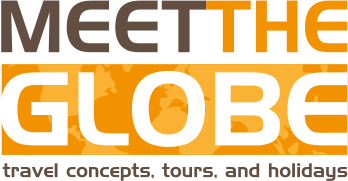






















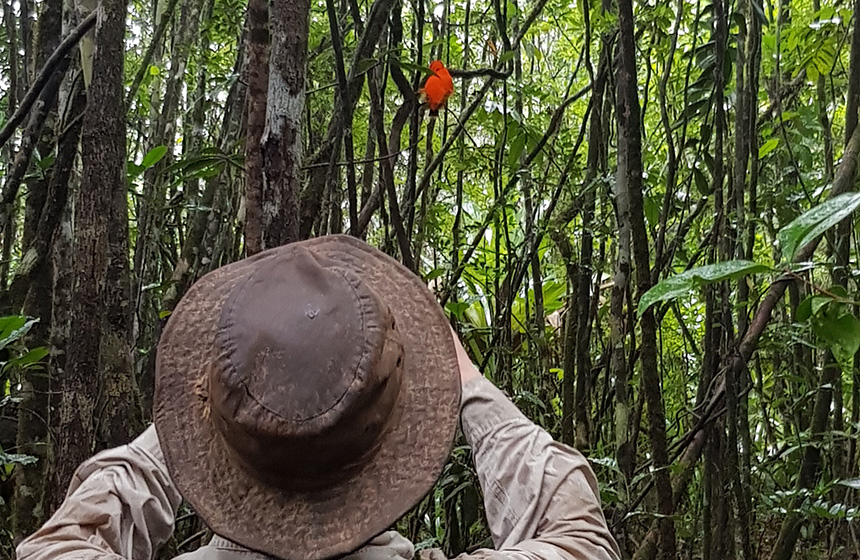

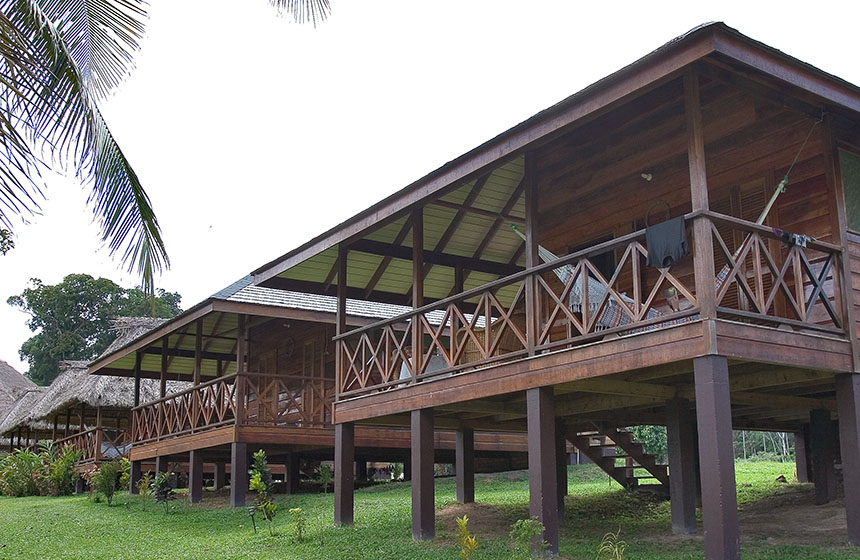

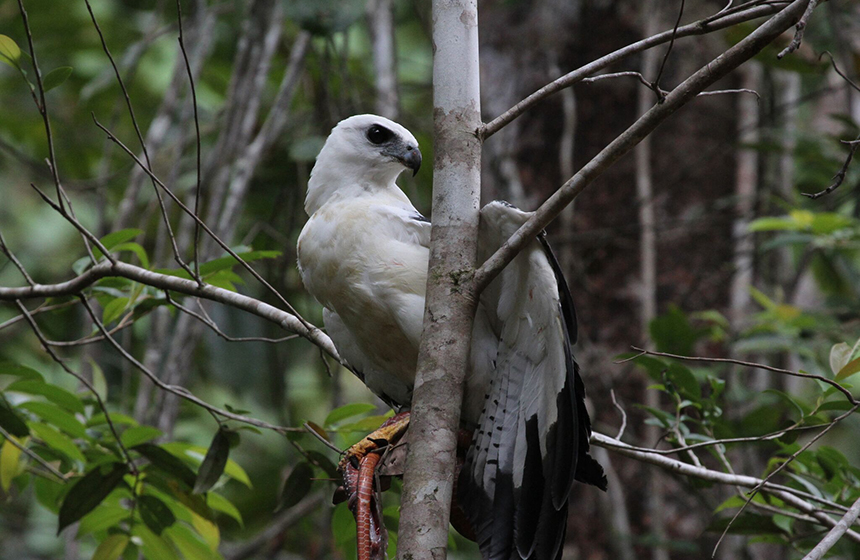
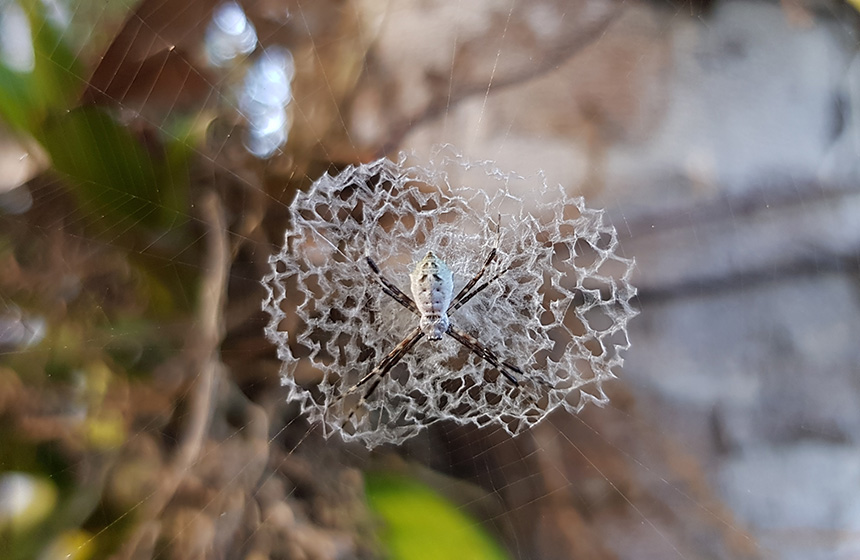

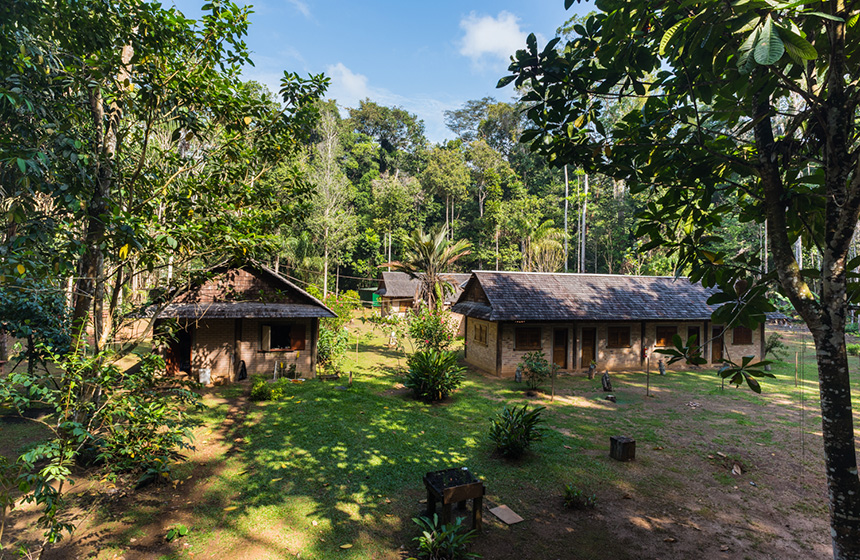
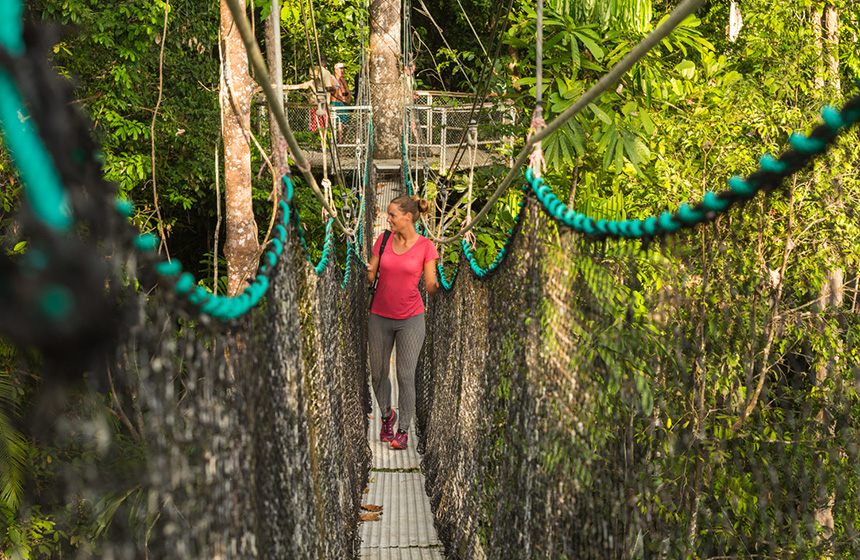
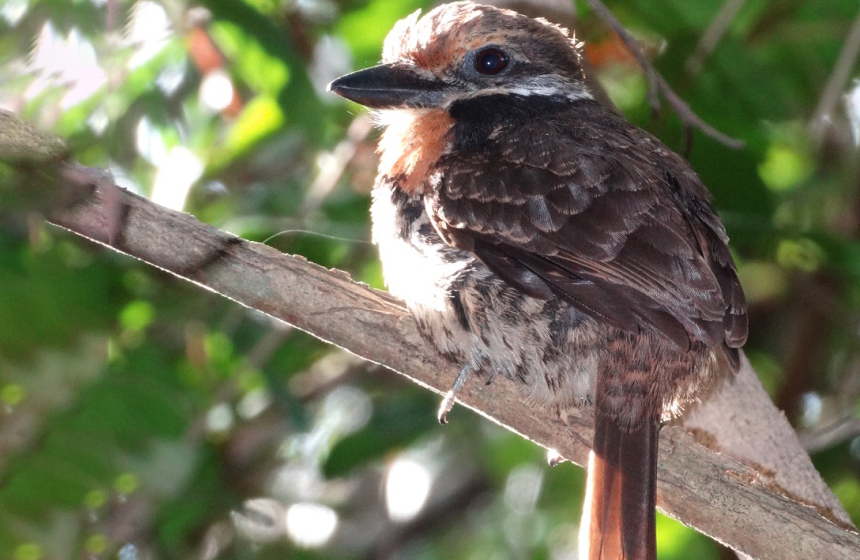
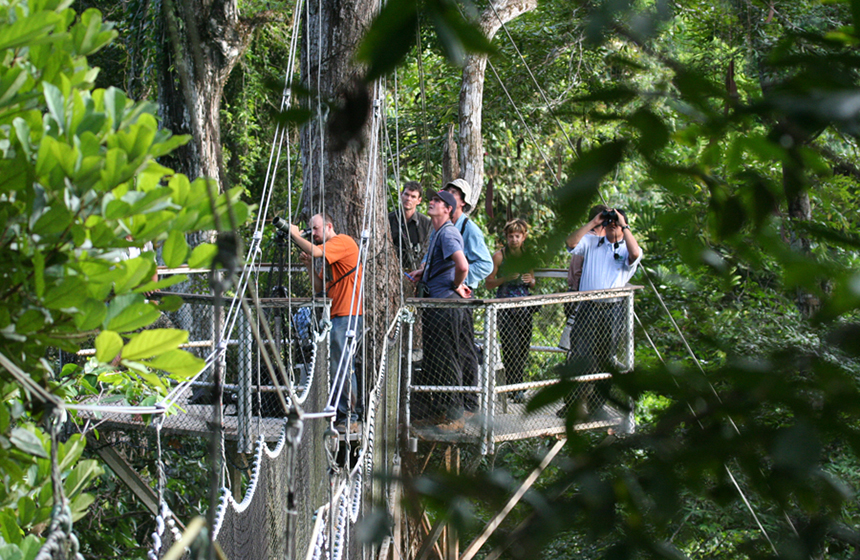
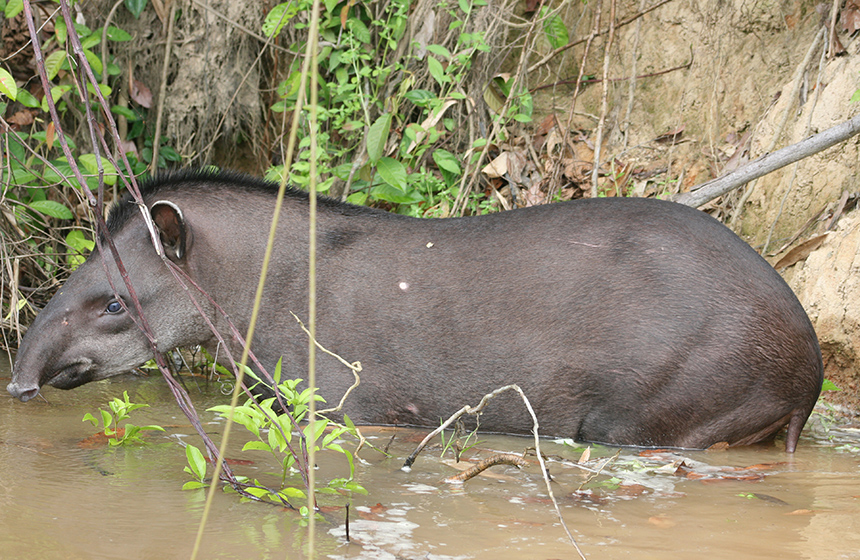

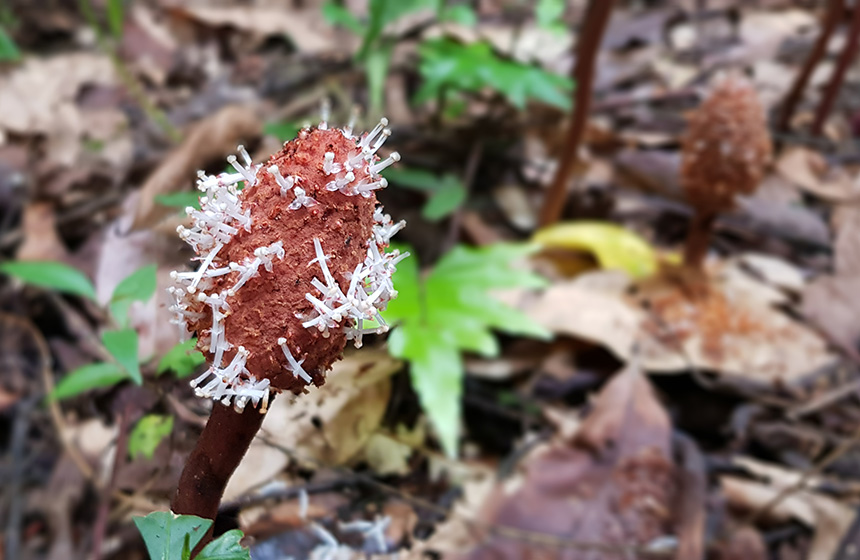
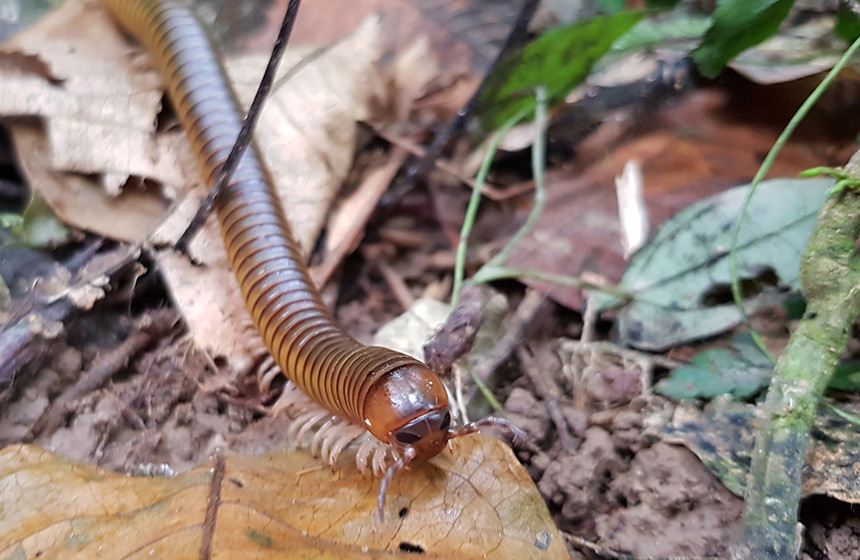
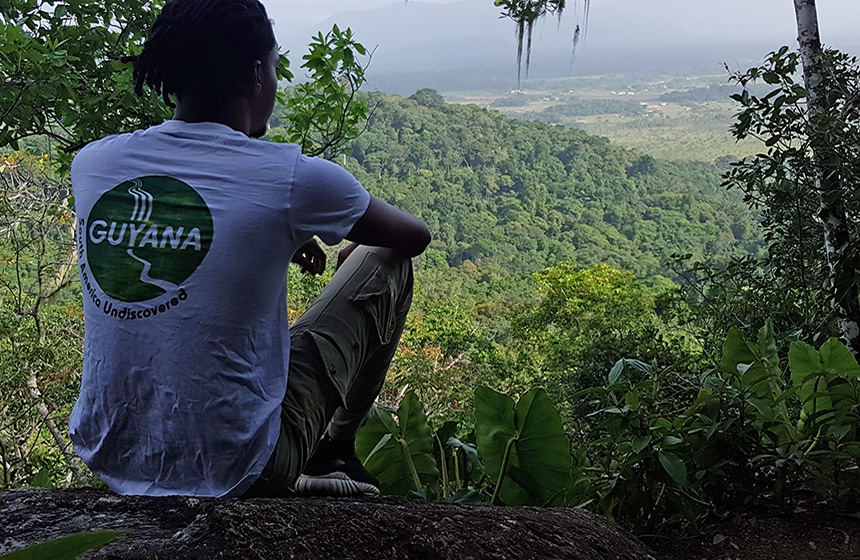
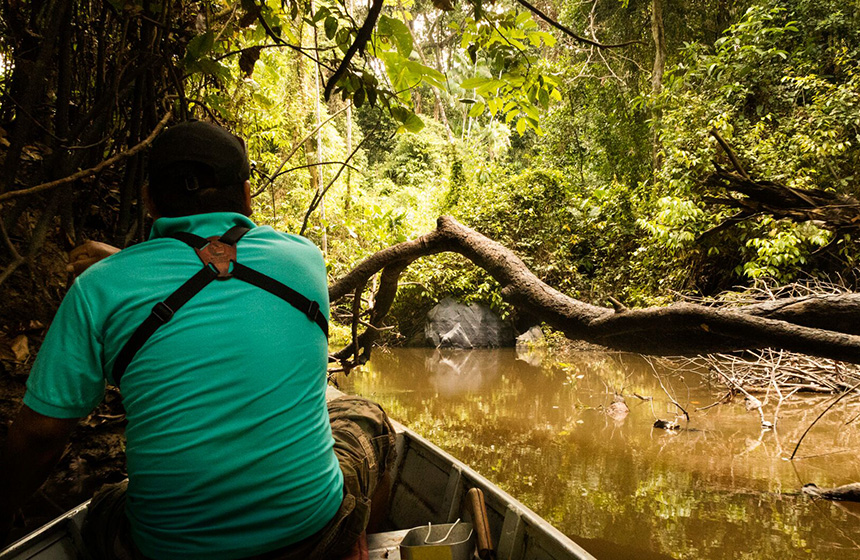
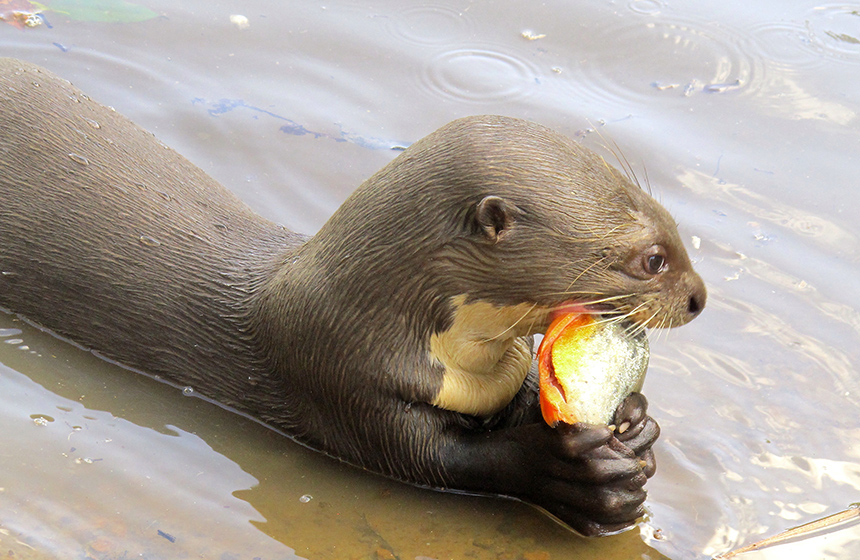
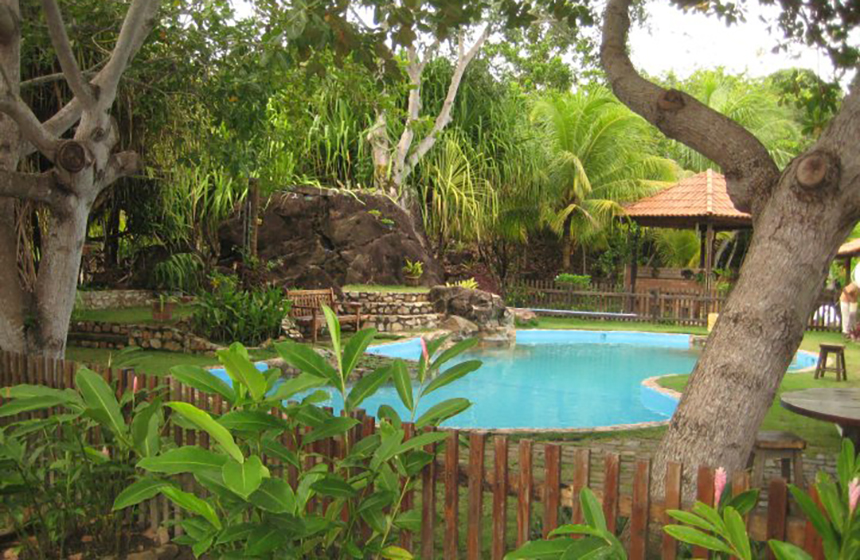
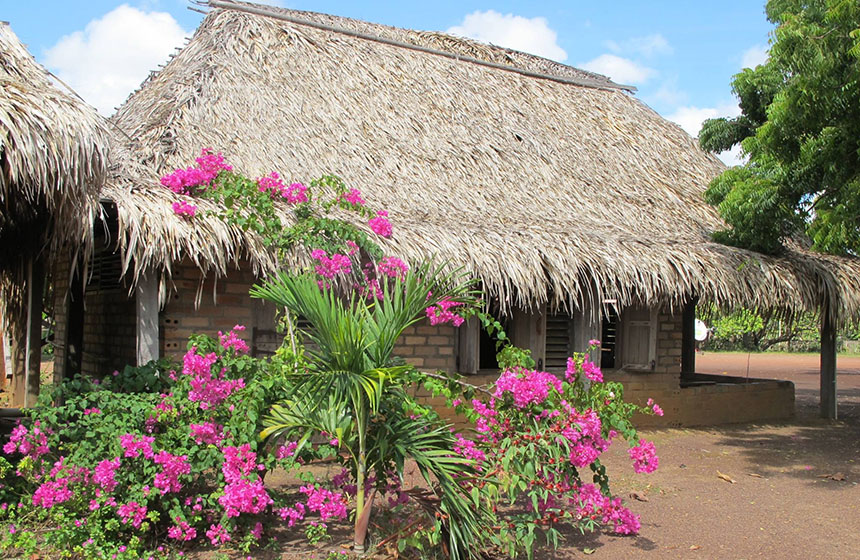
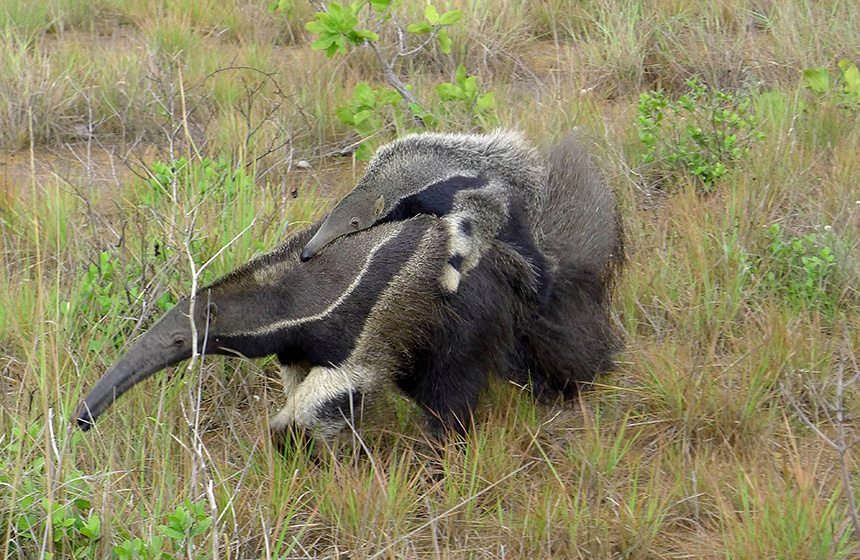
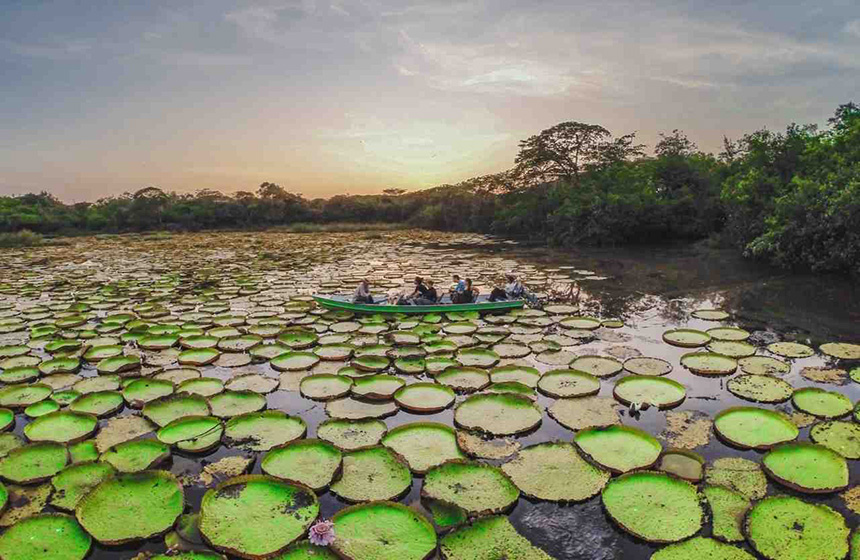
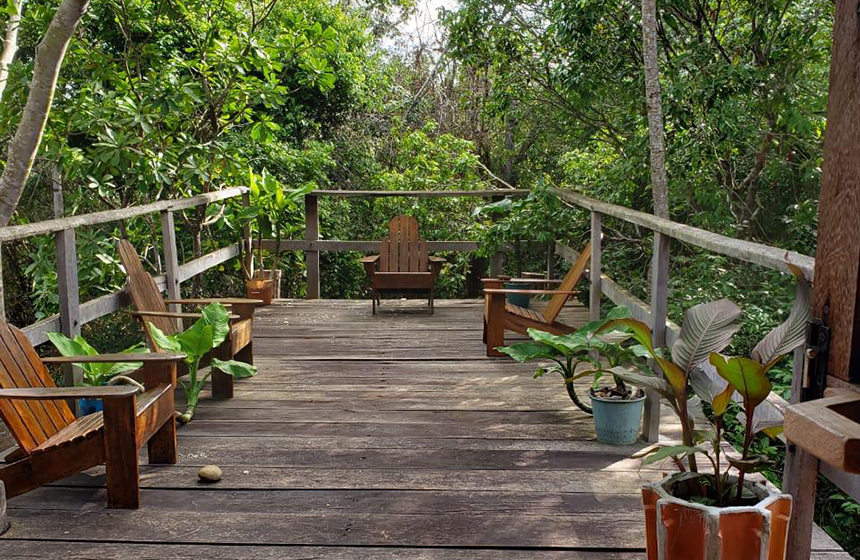
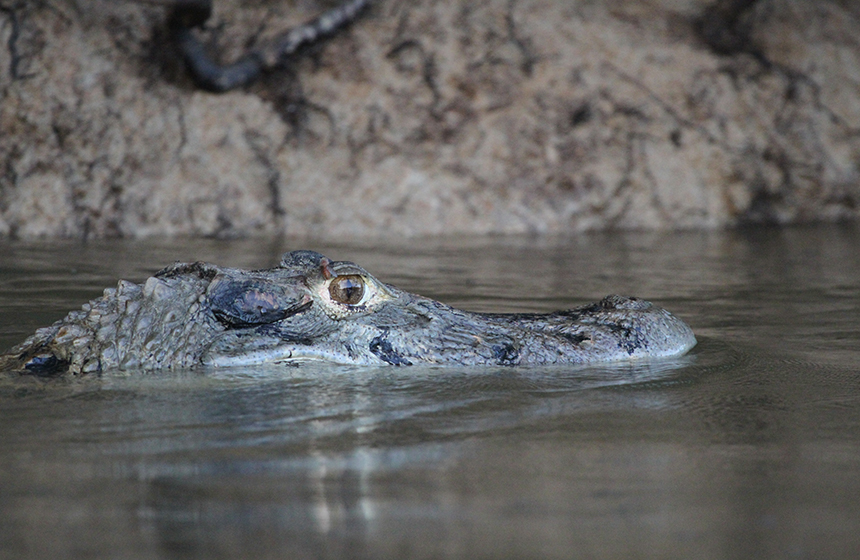
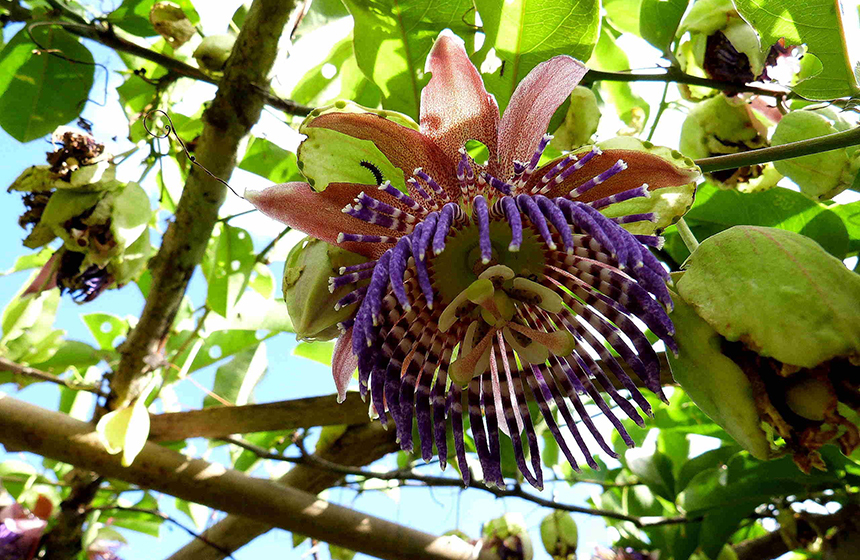
.jpg)